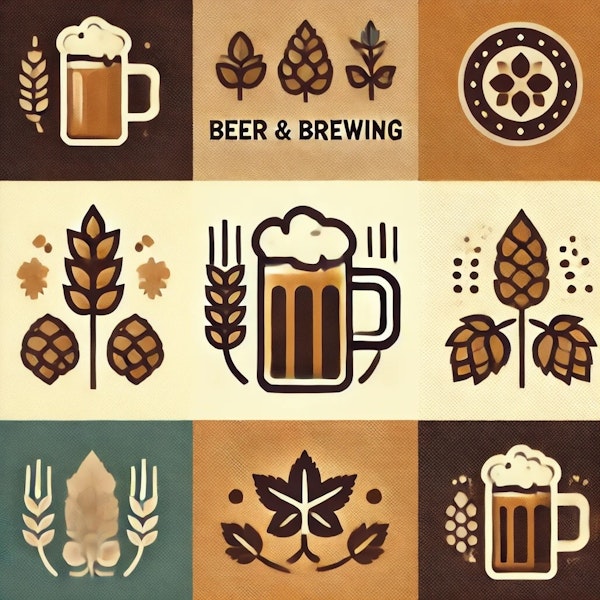
Store shelves are crowded, and great packaging can help brands connect with customers amid the competition. Here we look at some findings from a study that tracked customers’ eye movements when shopping for beer.
Industry All Access Exclusive
As chief economist of the group that advocates for beer’s middle tier in the United States, Lester Jones is a respected voice known for being armed with fresh data and an informed, overhead view on the market for craft beer.
In this yearly update, we plot the moves in the Brewers Association’s top 50 craft brewers by production volume, from 2007 to the present.
Based on some recent research, here’s a visual look at the connection between consumer satisfaction and profit at smaller breweries.
In this excerpt from their conversation for Craft Beer & Brewing Podcast Episode 400, editorial director Jamie Bogner and WeldWerks founder Neil Fisher look back on the industry’s past decade, looking for light to shed on its present and future.
While the Pacific Northwest has been cutting back on acreage amid an ongoing hop surplus, the international picture is more complex. Here’s a look at 2024 acreage in various countries versus the previous year.
Anecdotally, we’ve all seen just how much weight consumers put on the idea of “local” when choosing beers and breweries. But how much value do they really place on this often-ambiguous concept?
What do changes in the beer market and drinking habits portend for one of the most creative and influential beer-producing countries? These data points from the Belgian Brewers industry group provide an eye-opening glimpse.
Not every brand can be a hit. Even at the most successful breweries, classics must make way for new chart-toppers. Here, we chart New Belgium’s brands as they’ve appeared among the top 25 craft beers annually since 2020, as the Voodoo Ranger line has ascended.
Here's a fresh look at the growth in the number of breweries in the United States—growth that’s been leveling off, recently—with some other data points for context.